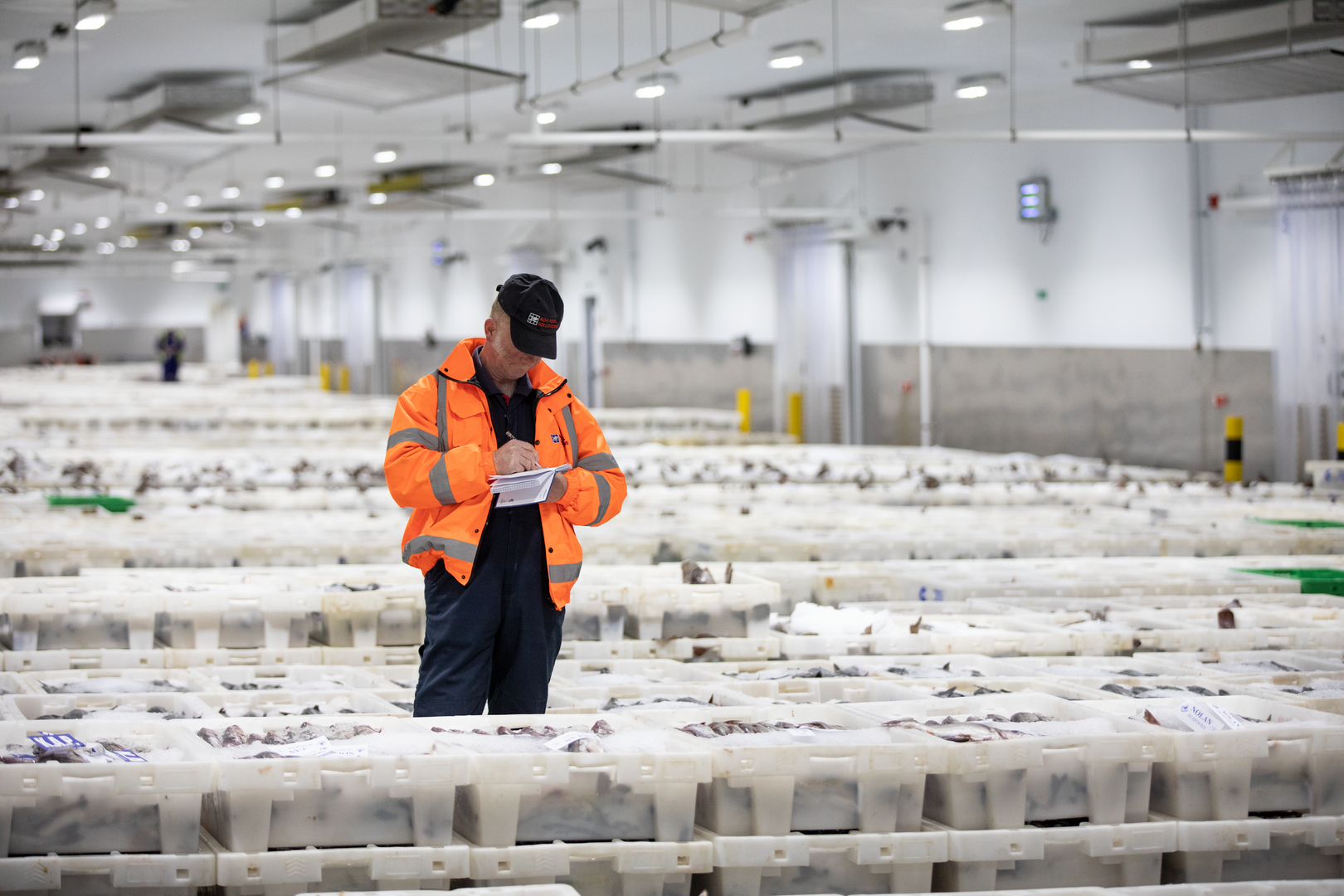Time-sensitive foods such as meat, dairy, fruits, and vegetables, among other products, can be consumed only when they are fresh. Therefore, as a producer or business owner, you want to make sure these products are delivered in pristine condition to the consumer. It is a known fact that consumers go more for the products that look fresh on the shelf and condition is unblemished. To maintain servicing top-quality products for consumers, the product needs to be delivered on time if you’re planning on staying on top of your competition.
Cold chain logistics refers to transportation services that keep food, beverages, and other temperature-sensitive products within the required temperature range to maintain their quality. These temperature-sensitive products can be preserved using refrigerated transport and other methods during transit. If you want to avoid the risk of temperatures surpassing permissible limits during storage or transit, then you can opt for a cold chain management company that can help you run the entire process smoothly.
What Is Cold Chain Management?
Cold chain management is defined as the process of keeping cold products at their optimal temperatures from production to delivery to the end-user. Temperature control is also required in storage facilities and transport containers to make sure the products are in optimal condition. Transportation management can be done in-house for smaller enterprises or with the help of a cold chain logistics partner if we talk about large enterprises.
What is perishable and refrigerated goods logistics?
Logistics for perishable and refrigerated goods are transportation measures, designed to ensure the best quality and freshness of temperature-sensitive products from the source to the destination, no matter the distance. These cold chain logistics services cover everything from:
- Temperature-controlled transportation inside refrigerated trucks while maintaining the initial integrity and quality of the product.
- On-time transportation and an unbroken cold chain.
- Assuring the proper packaging and storage to maintain the quality of the product.
3 Factors You Need to Acknowledge for Refrigerated Transport
If you are transporting time-sensitive foods or other refrigerated products, you must consider these three key factors:
- The Type of Transport
Some cold chain technologies presented in refrigerated transport are:
- Refrigerated containers: For an optimal temperature use a non-mechanical cold source for the products.
- Freezers: Maintain the products at low temperatures using cold generating mechanisms.
- Isothermal gear: Consists of insulated doors, walls, floors, and ceilings that restrict the heat exchange between the interior and exterior of the warehouses or the interior and exterior of the vehicles.
- Reefers: A frozen or refrigerated trailer connected to a truck.
- Chilled packaging & warehouse storage
Perishable products that are not stored at specific temperatures, tend to spoil, decay, or become unsafe for consumers. Therefore, temperature-sensitive products should be packaged using the following:
Dry ice – perfect for shipping frozen goods.
Gel packs – recommended for pharmaceutical or medical shipments.
Eutectic plates – these are reusable.
Quilts – designed to maintain an optimal temperature for the products, placed over or wrapped around the product.
- Time schedule
Perishable foods can be transported by road (with the help of refrigerated trucks), rail and sea – where containers equipped with air conditioning are used. Products are safely transported while being cooled at the required temperature to ensure on-time delivery to the consumer.
What are the most important components of the Cold Chain?
From product manufacturing to delivery, the cold chain has several parts that must be tightly controlled. To ensure the integrity of your shipment and avoid product losses, logistics specialists must control each stage of the cold chain. This process involves:
- Packaging
Packaging, like other supply networks, protects the goods. Cold chain product packaging must allow storage containers to maintain the required temperatures. To avoid moisture damage, the packaging must facilitate excellent airflow for cold goods.
Packaging must also protect the items against other liquids or substances dropping into the container, such as water or materials. To protect the product’s integrity, packagers can use bottom-sealing or side-sealing strapping devices. Side-seal strapping machines have the extra advantage of avoiding water or debris from entering and harming the machine sealer.
- Temperature monitoring
Cold chain supply products require regular temperature monitoring to assure the safety and integrity of the shipment. Temperature data recorders record shipping temperatures and, in some cases, humidity levels or other characteristics during storage and transport. These gadgets allow recipients to see if and how long the package was outside of their temperature range.
- Transport
Refrigerated shipping units and vehicles keep products at their intended temperatures from when they leave the manufacturer until they reach their destination. Some of the transportation options are refrigerated trucks, reefer units (used for sea freight) and refrigerated railway cars.
- Storage
Storage facilities must be insulated against outside temperature changes while maintaining a proper internal temperature. Cold storage rooms in warehouses or full facilities that provide cold storage can keep the foods at the proper temperatures between the stages of the supply chain.
- Customs
International deliveries must deal with customs documentation and potential delays. Cold products must go through customs as swiftly as possible with minimal delays. Working with cold chain logistics specialists is crucial for having proper documents to create a smooth process.
Now that you know the importance of cold chain logistics and understand what perishable products are and what they require – you’re on the right track to success and blowing out your competition. Keep in mind, when choosing a logistics company to handle your perishable goods, don’t opt for the cheapest logistics company. Trust is the ground you lay for a solid foundation and a good business relationship. Therefore, you must take your time when picking the right partner for your business so you can ensure your product’s quality remains excellent for your customers.
DISCLAIMER – “Views Expressed Disclaimer: Views and opinions expressed are those of the authors and do not reflect the official position of any other author, agency, organization, employer or company, including NEO CYMED PUBLISHING LIMITED, which is the publishing company performing under the name Cyprus-Mail…more







Click here to change your cookie preferences